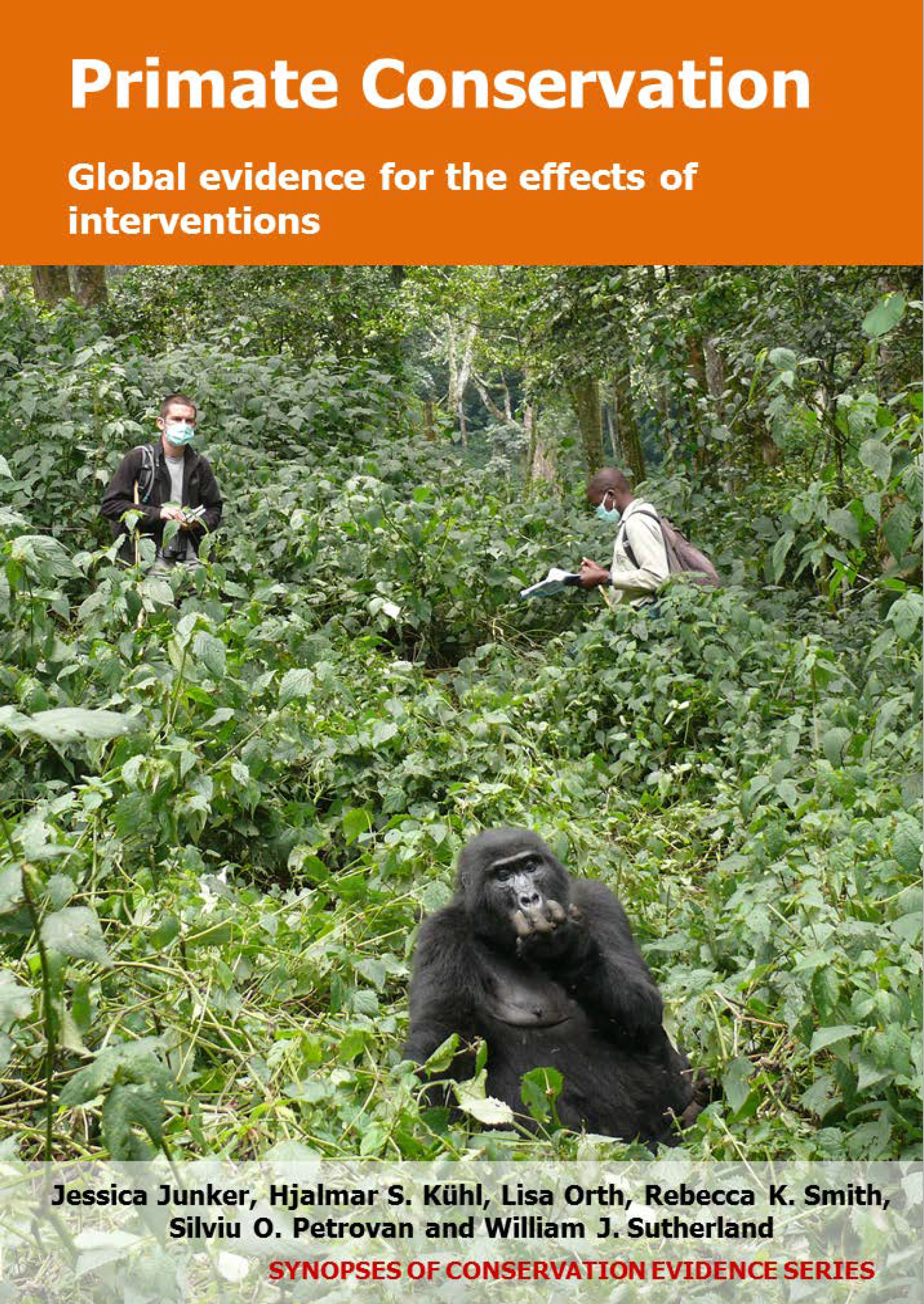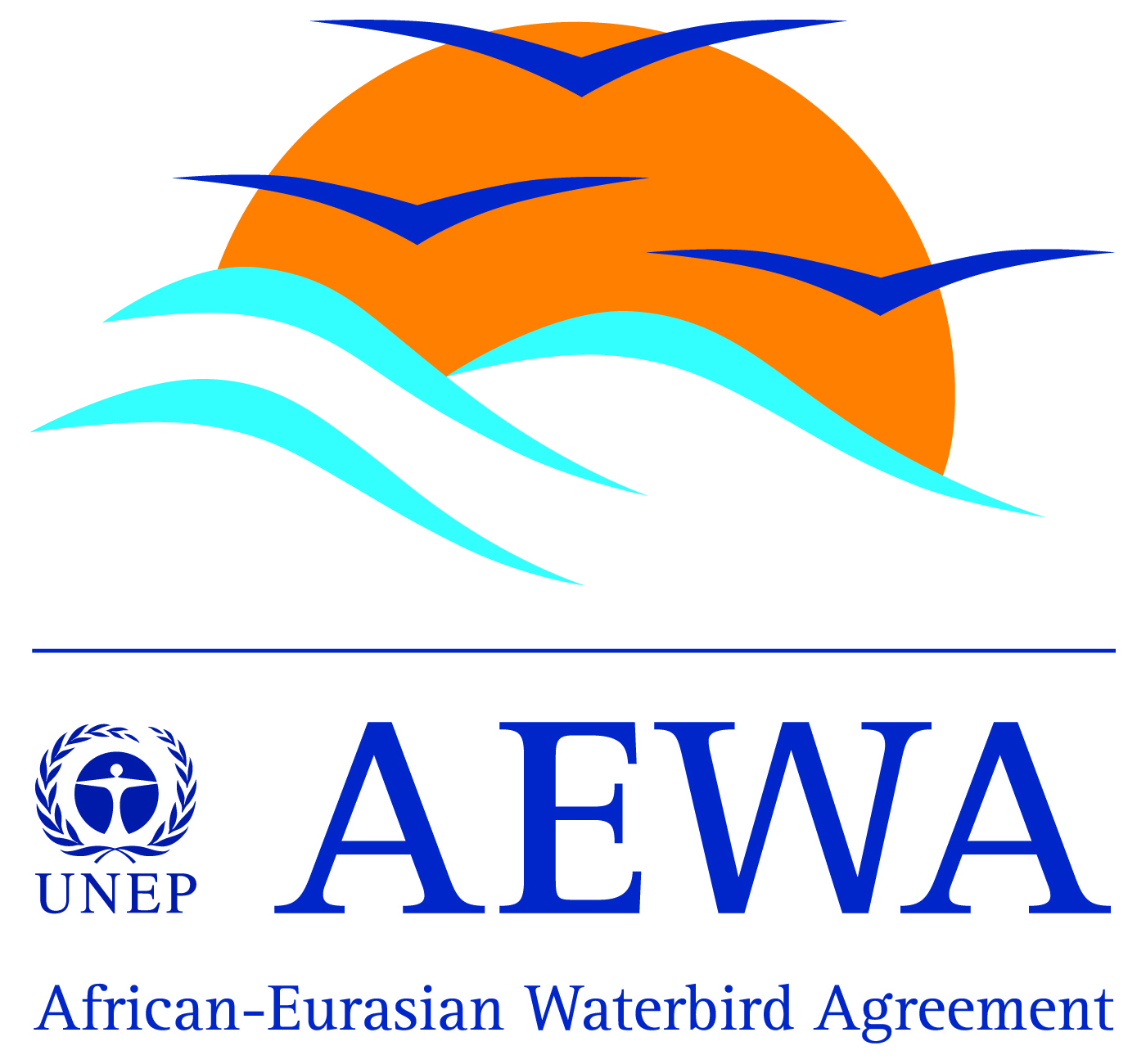Provide monetary benefits to local communities for sustainably managing their forest and its wildlife (e.g. REDD, employment)
-
Overall effectiveness category Unknown effectiveness (limited evidence)
-
Number of studies: 3
View assessment score
Hide assessment score
How is the evidence assessed?
-
Effectiveness
50% -
Certainty
25% -
Harms
0%
Study locations
Supporting evidence from individual studies
A before-and-after trial in 1985-1998 in riparian forest in the Community Baboon Sanctuary, Belize, found that when local communities received monetary benefits for sustainably managing their forest and its wildlife through tourism and craft industries alongside ten other interventions, the sanctuary’s black howler monkey Alouatta pigra population increased by 138% over 13 years. The population increased from 840 to over 2,000 individuals, although no statistical tests were carried out to determine whether this increase was significant. Additional interventions included the protection of the sanctuary by the communities surrounding it, preserving forest buffer strips along property boundaries and a forest corridor along the river, constructing pole bridges over man-made gaps, involving local communities in the management of the sanctuary, preserving important howler food trees in large clearings, an eco-tourism and research program, creation of a museum for education purposes, presence of permanent staff. The study does not distinguish between the effects of the different interventions mentioned above.
Study and other actions testedA before-and-after trial in 1994-1999 in mixed tropical forest in Conkouati-Douli National Park, Republic of Congo found that the majority of central chimpanzees Pan troglodytes troglodytes that were reintroduced in an area where local people were provided monetary benefits for supporting the programme alongside 16 other interventions, survived over five years. Out of 20 reintroduced chimpanzees, 14 (70%) survived over five years. No statistical tests were carried out to determine whether the population decrease was significant. To compensate former use of the site, locals received monetary support by being able to sell their products and by being employed as conservation staff. Non-monetary benefits were also provided. Rehabilitated orphaned chimpanzees underwent vaccination, treatment for parasites and veterinary screens before being radio-collared and translocated in four subgroups from the sanctuary to the release site where resident chimpanzees occurred. Staff members were permanently present to monitor primate health, provide supplementary food if necessary and examine dead animals. The area status was upgraded from reserve to national park in 1999. Local people were relocated from the release site. Some individuals were treated when sick or injured. TV and radio advertisements were used to raise chimpanzee conservation. The study does not distinguish between the effects of the different interventions mentioned above.
Study and other actions testedA before-and-after study in 1967-2008 in tropical moist montane forest in Volcanoes-, Mgahinga-, and Virunga National Parks located in Rwanda, Uganda, and the Democratic Republic of Congo, found that despite the implementation of development projects in nearby communities along with other interventions, the mountain gorilla Gorilla beringei beringei population decreased over time. Annual population decline was 0.7%, resulting in an overall population decrease of 28.7% over 41 years. However, no statistical tests were carried out to determine whether this decrease was significant. Development was promoted through providing local employment in the ecotourism sector. Additional interventions included regular anti-poaching patrols, the removal of snares and when necessary, the herding of live-stock out of the park, and the implementation of a local conservation education program. The study does not distinguish between the effects of the different interventions mentioned above.
Study and other actions tested
Where has this evidence come from?
List of journals searched by synopsis
All the journals searched for all synopses
This Action forms part of the Action Synopsis:
Primate Conservation
Primate Conservation - Published 2017
Primate Synopsis





)_2023.JPG)














